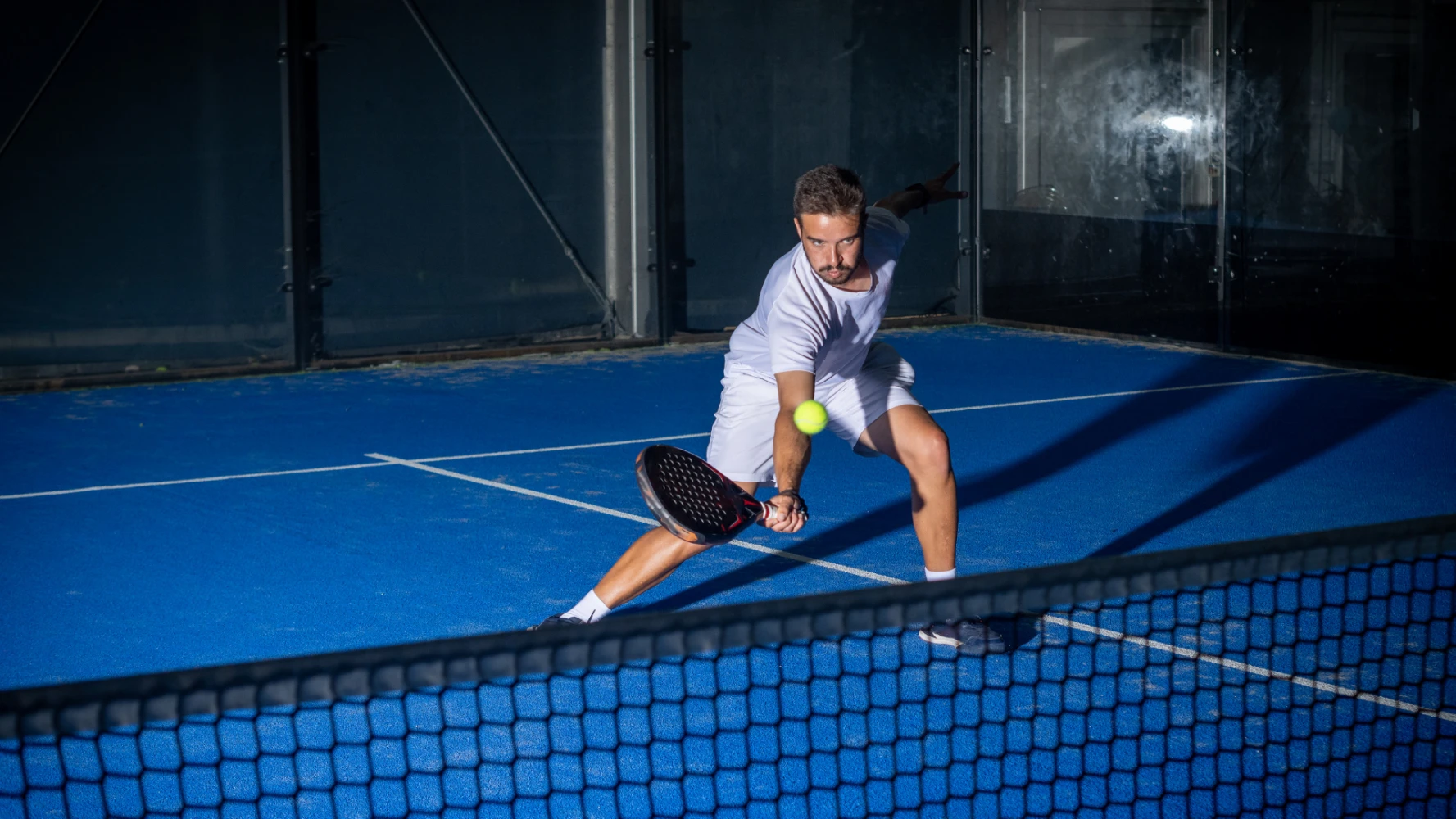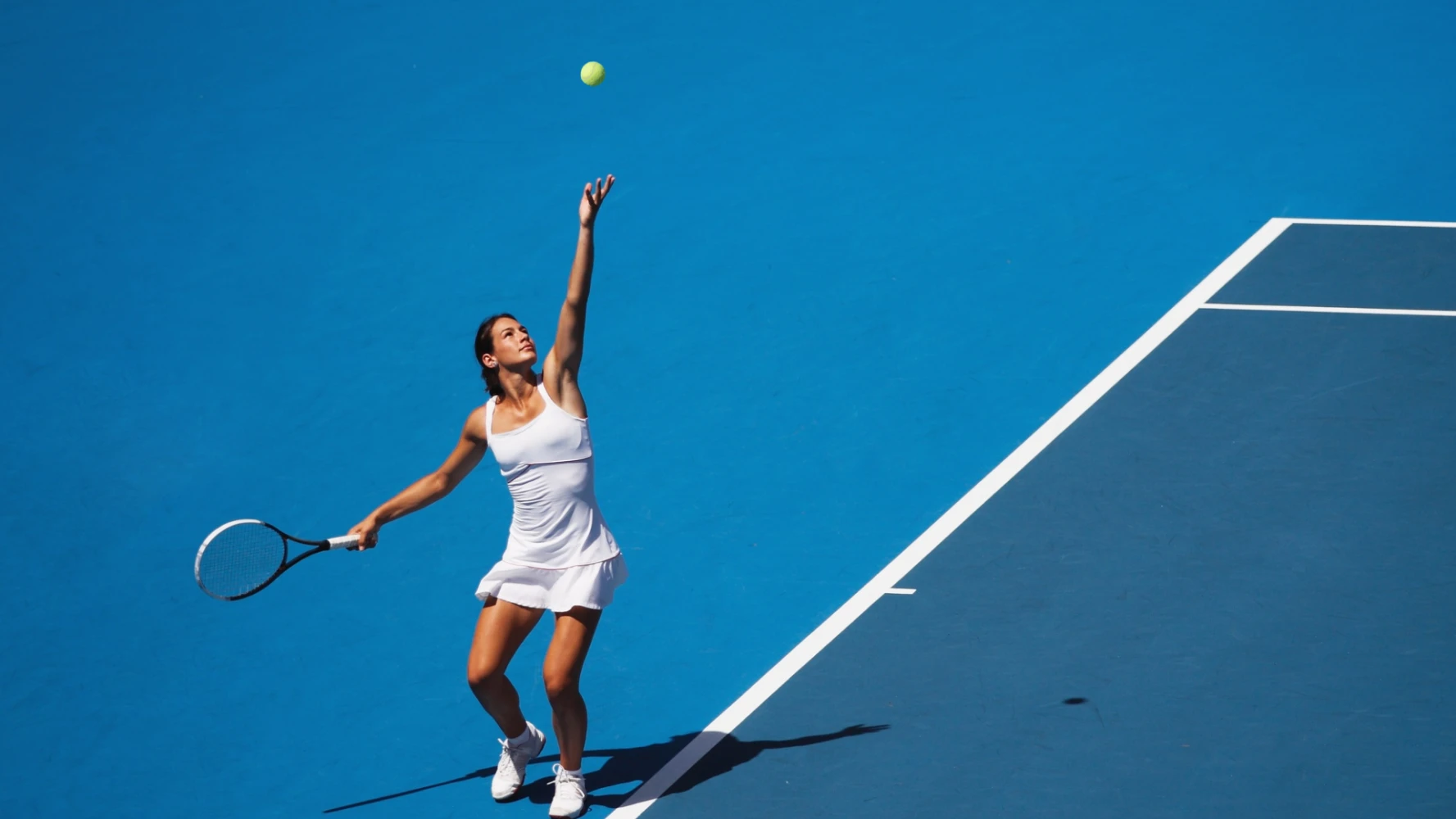Beach tennis is a fast, dynamic, and demanding sport. Its particularity? The absence of bounce! Unlike tennis or Padel, all shots are hit in the air (volley) or after an overhead smash. This constraint requires the adoption of specific techniques and positioning. Mastering these fundamentals is the key to transforming fun into performance on the sand.
The Racket Grip: The Continental Standard
In beach tennis, the speed of the game and the necessity of hitting overhead require the use of a versatile grip.
The Continental Grip (Hammer): This is the grip of choice. It is achieved by holding the racket like a hammer or a cleaver. This grip allows the player to instantly switch from forehand to backhand without changing hands.
The Compact Stroke: With the continental grip, the stroke must remain very short. It is not a large swing like in tennis, but a dry, controlled hitting motion, primarily using the wrist and forearm.
Positioning: The Attack Line
Since all shots are played as volleys, beach tennis is a net sport. Positioning is dictated by offensive pressure.
The Aggressive Position: The ideal line is about 2 to 3 meters (6 to 10 feet) from the net. Being too close exposes you to powerful body shots, and being too far makes volleys too slow and defensive.
The Role of the Shuffle: Movement on the sand does not use classic running. Players move laterally, facing the net, using shuffles (side steps). This helps maintain balance and keeps the racket ready for interception.
Protecting the Center: In doubles, the pair must minimize the space in the center. Communication is essential to designate which player takes the ball in the middle, often the one with the stronger forehand.
Fundamental Shots
Success in beach tennis relies on the volley and the smash.
The Serve and Return: The serve is often executed under the waist, from bottom to top (underarm serve), to ensure good height and avoid fault. It is often aimed at the lines to maximize the difficulty of the return. The service return is always a volley. It should be sent with a slight slicing effect (chop), aiming for the opponent's feet or the transition zone, to make the subsequent volley difficult.
The Volley and Drop Shot: The volley is hit with a slight slicing effect. This effect slows the ball down and makes it drop faster. Control is more important than power. The drop shot (amortie) is the weapon of finesse. The racket face is open, the motion is very short, and the objective is to send the ball just behind the net, into the zone the opponent must reach in a single lunge.
Conclusion: Balance is Everything
Beach tennis demands a balance between aggression at the net and technical mastery. Adopting the continental grip, maintaining a position close to the net with shuffles, and favoring control through slicing are the three pillars for any beginner.




Comments